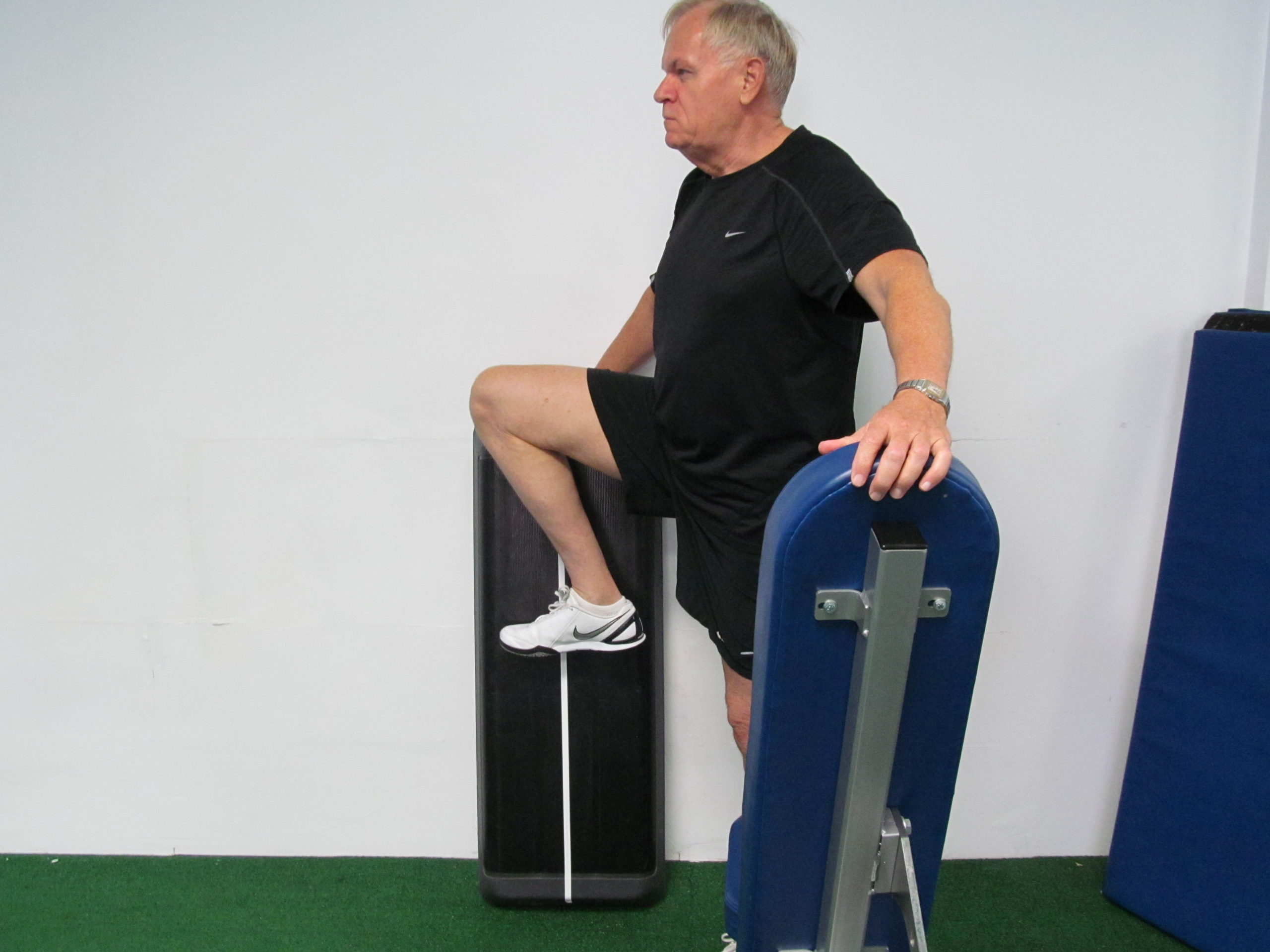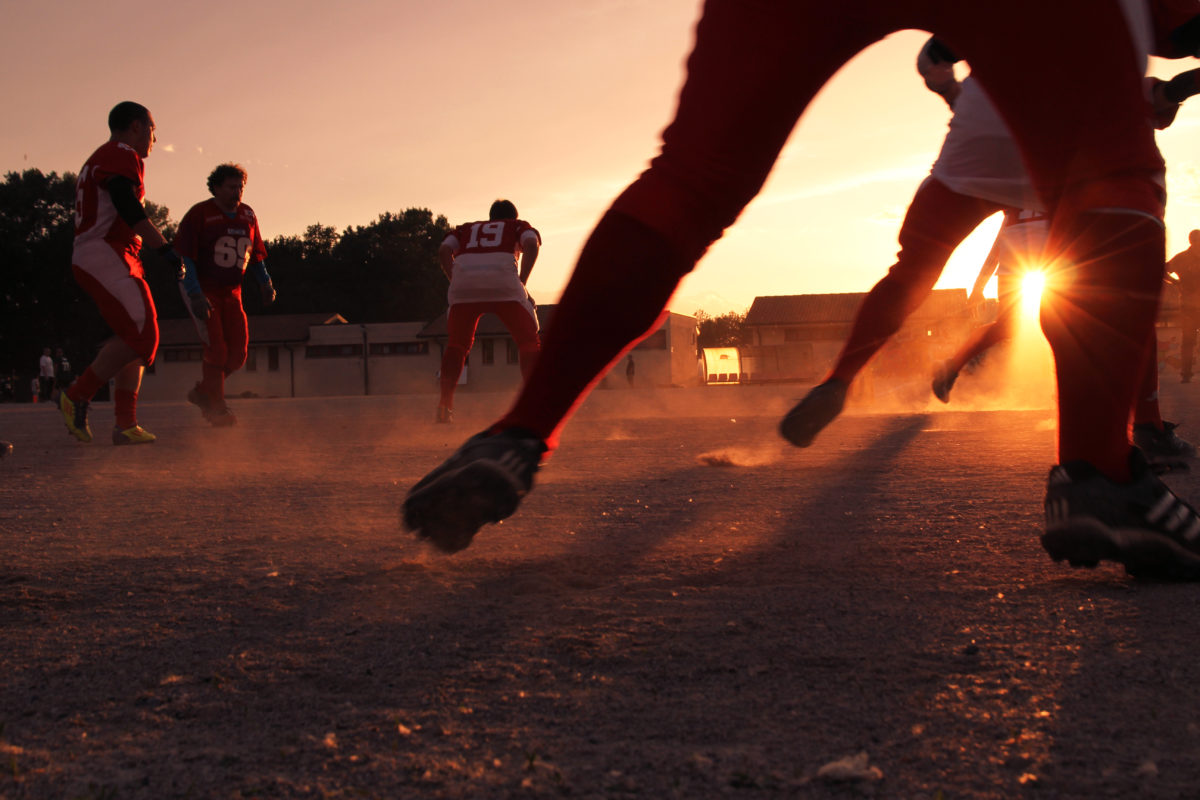Change Your Posture
Somewhere I read (in an article, forum or dream), that holding a barbell behind the back could help manage excessive lower-spine curvature (known as lordosis). Initially, the idea failed to evoke any interest and it was filed into my subconscious. A few months later, while watching a huge construction crane in operation, I was suddenly struck by a moment of clarity: our skeletal system compensates for our center of gravity! When our center of gravity is consistently drawn forward of our hips (when we deadlift or lift boxes like a crane) our body maintains balance by shifting weight to our rear (behind our hips). Unlike a crane, with its huge counterweight blocks, the human body increases back-end load by tilting the pelvis forward. Anterior pelvic tilt, one of the hallmarks of postural lordosis, extends the moment arm behinds the hips and puts the glutes and hamstrings into a strong position to exert force.
To reduce lordosis, therefore, it makes sense to move the body’s center of gravity behind the hips. A load behind the hips (provided by a barbell for example) eliminates the need for a postural compensation. The pelvis would tilt toward the posterior and a more neutral posture would be restored.
While the crane model applies most obviously to a posture affected by lordosis, all levels of the skeleton will move to offset loads and create balance. The scapula, for example, shift in a manner similar to the pelvis. A load forward of the thorax shifts the scapula into anterior tilt and a load behind the thorax shifts the scapula into posterior tilt. Similarly, the spine, knees, elbows and feet will all change alignment to balance the effects of gravity.
The theory of skeletal compensation for center of gravity is a vital clarification. Posture, it seems, is a motor program controlled by the nervous system and not merely an arrangement of tight and loose muscles. Just stretching and strengthening individual muscles will not change the motor program and significant posture change will not occur! The ultimate solution to postural stress is to combine stretching and strengthening with modification of the body’s center of gravity. Come to a Tarodo Gravity seminar to learn emerging details of this process!
The ability to modify posture is a vital tool. Postural stress results in conditions which include tendinitis, muscle pulls, muscle tears, nerve impingement, osteoarthritis and inter vertebral hernias. These conditions can become chronic. Modifying postural tendencies can help relieve pain as well as improve resiliency, appearance and performance.





Recent Comments